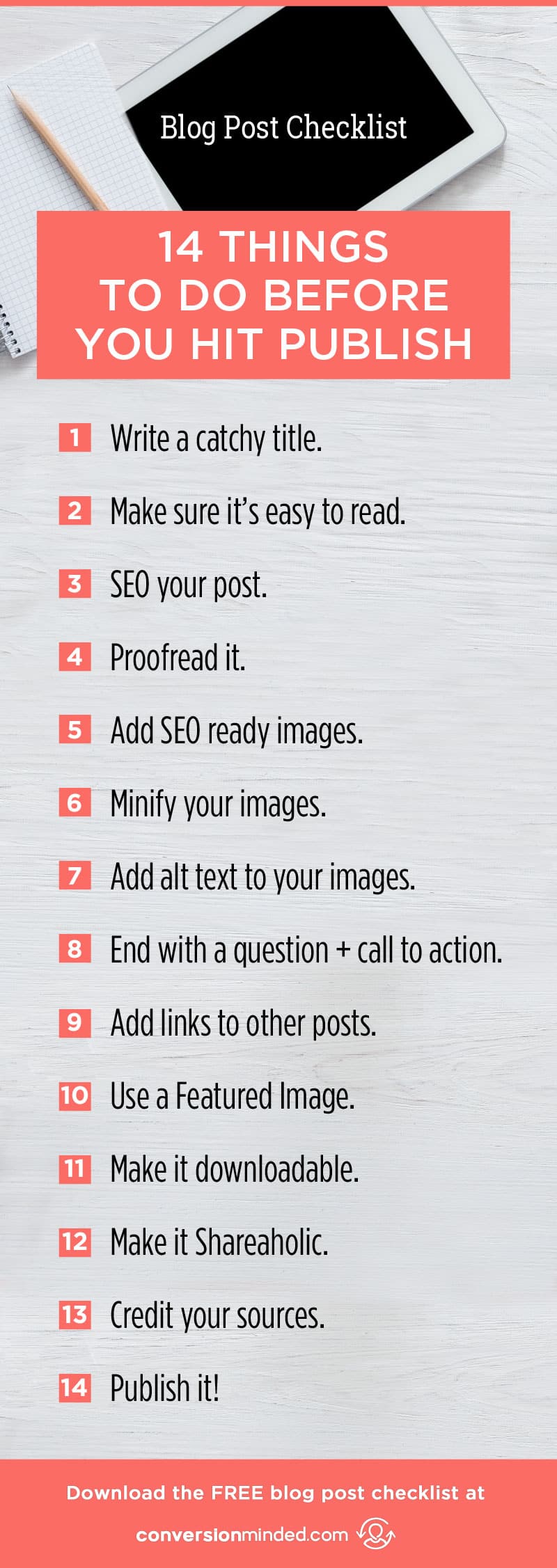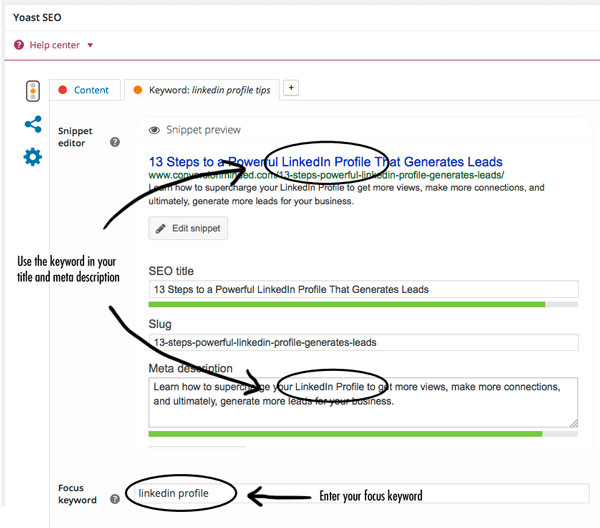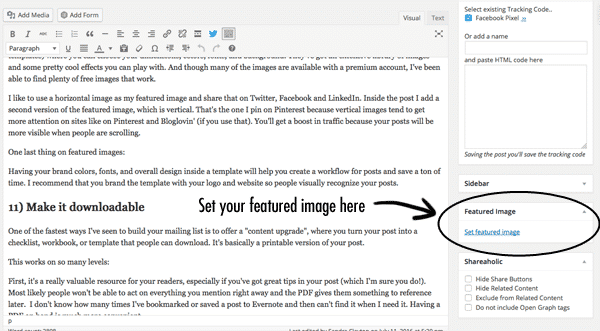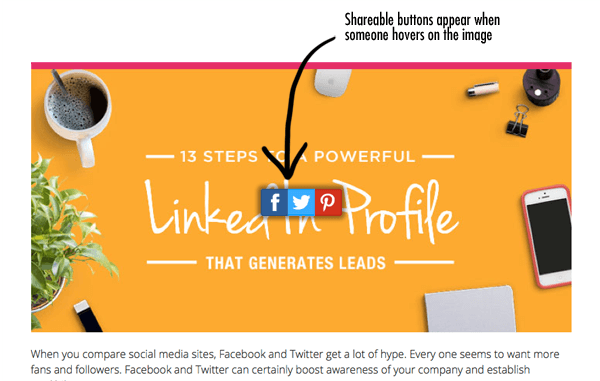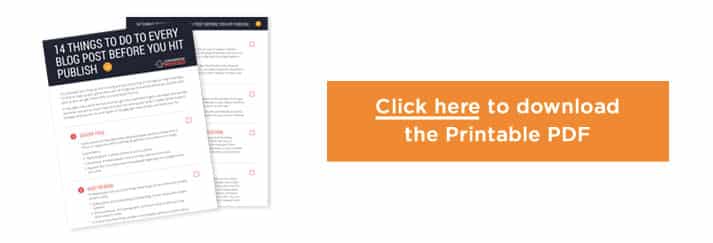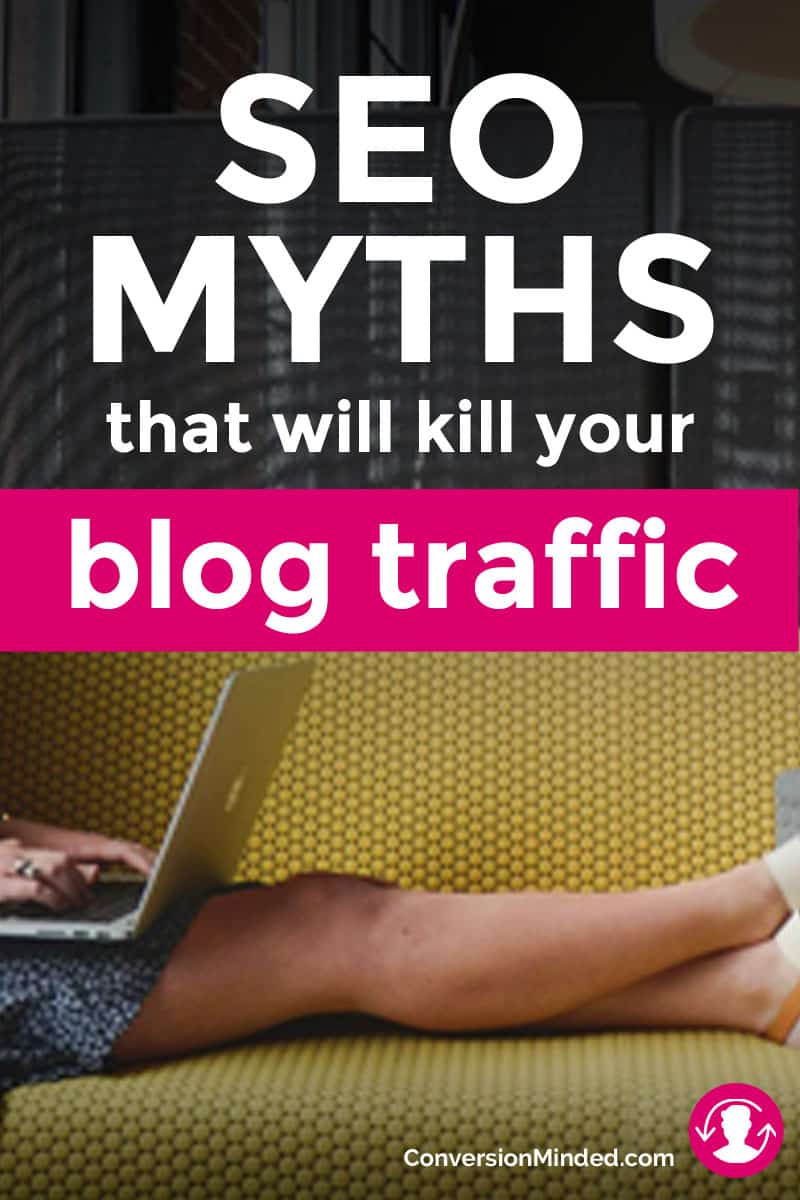 Finding good sources for photos to include with your blog posts and social media can be challenging. As personalization becomes more and more important to connecting with audiences, using the same old stock images of suits shaking hands or smiling faces isn’t going to help your blog stand out from the crowd. On top of that, if you’ve managed to stick to a regular blogging schedule, paying for photos starts to dig into your overall marketing budget.
Finding good sources for photos to include with your blog posts and social media can be challenging. As personalization becomes more and more important to connecting with audiences, using the same old stock images of suits shaking hands or smiling faces isn’t going to help your blog stand out from the crowd. On top of that, if you’ve managed to stick to a regular blogging schedule, paying for photos starts to dig into your overall marketing budget.
Luckily, there are a growing number of free stock photo websites. Most of these are curated by photographers and designers who want to share their work and feel the same way we do about stock houses like iStockphoto and Shutterstock. We want something different and original!
Generally speaking, the free photography on these sites skews toward lifestyle and travel. They’re great resources if your company targets industries such as general business, tech, health, nature, architecture, or travel. For other fields like dentistry, they may not work but are certainly worth a look.
In this post, I’ve curated a list of websites that have free images for blogs and social media updates. Most of these images listed here are public domain and are free for personal or commercial use, with the exception of model releases needed for images of recognizable people. Be sure to double-check the license agreement that comes with the image.
You’ll need to ensure that any image of recognizable people or locations includes a model and/or property release.
1. Picjumbo
Picjumbo is free to use in commercial and public works. The only restriction is that you can’t sell the images or publish them in another stock photo collection. The search function is easy to use, and you can also browse by category. This site is financed by advertisers, so you’ll have to have some patience while browsing.
Picjumbo offers a monthly premium membership for a one-time payment of $179, for which you’ll receive access to hundreds of collections and image packs delivered to you monthly. They also accept donations if you’d like to support their website.
- Use for: Lifestyle, food, tech.
- License: Free for commercial use. No attribution.
- Perk: Premium photo packs available. Easy to browse by category.
2. Pixabay
Pixabay is one of the largest creator communities in the world, with millions of photos, vector images, videos and music to choose from. On Pixabay, you can find and share content that is free of copyright restrictions. All pictures are published under the creative commons public domain. Attribution is appreciated but not required, and you’re free to use them personally or commercially – except for recognizable trademarks, logos or brands.
Pixabay finances their site with sponsored images. Stay away from images on the top row of a search result. You’ll be taken to to another paid stock house so be cautious.
In terms of usability, Pixabay is the closest to paid stock houses with its huge selection. It also boasts sophisticated search options, with filters for editors’ picks, most popular and most recent. When you select a photo, you’ll see a list of similar images beneath it, similar to searches on Getty Images. This is useful when the image you’ve chosen is close to what you’re looking for but you want something even better.
- Use for: Illustrations, photos, vector graphics.
- License: Free for commercial use. No attribution required.
- Watch out for: Sponsored images at the top of search results.
3. StockSnap
All StockSnap photos are released under Creative Commons and can be copied, modified and distributed for commercial or personal purposes, without asking permission. You don’t have to provide attribution.
What I really like about this site is how easy it is to navigate and the number of categories available. As with many free media platforms, the first search results will likely be sponsored and redirect you to a paid stock house so make sure you scroll down for StockSnap’s collections.
You can sort by date, relevance, trending, downloads and more. And if you create an account, you can also get new stock photos sent to your inbox.
- Use for: Business, creative, and modern stock images.
- License: Creative Commons CC0. No attribution required.
- Perk: Sort by date, popularity, views
4. Unsplash
What makes Unsplash great, on top of the beautiful imagery, is that you can get 10 photos delivered to your inbox every 10 hours. Unsplash’s collection of high-resolution photos is arguably one of the best sources for stock images. There’s a decent chance you’ll find an image that works, even with fewer image options than some of the others listed here.
It can be hard to find the search box when you first visit the site. The navigation isn’t immediately obvious and the search box is down in the middle of the screen. If you want to see image categories, you’ll need to start a search. Another thing that makes comparing images difficult is the single column layout for search results. You have to scroll down to see each image and lose a bit of the context that four or five columns gives you to help decide which image you prefer.
- Use for: High-resolution lifestyle, nature, tech, business.
- License: Free for commercial use. No attribution required.
- Perk: 10 new photos every 10 days, and their app makes downloading easy.
5. Canva

I’d be doing a disservice if I didn’t include Canva in this list. With a free Canva account, you can access to their library of over 1 million stock photos, icons, and videos that are free for personal or commercial use. And if that’s not enough, you can upgrade to a paid Canva account and access unlimited content to include in your designs. You’ll need to create a design to get started, then just choose any graphic element you want. Look for elements without the premium icon in the bottom right corner – otherwise you’ll design will save with a watermark. You’ll find photos and images from Unsplash, Pixabay, Pexels and other free stock sources, which is a huge perk when you’re designing.
Whether you have a free or paid account, you’ll need to create your design within Canva in order to use its library of graphic elements.
- Use for: Any type of photo, animation or graphic.
- License: Free for personal and commercial use. No attribution required.
- Perk: Multiple stock collections in one design environment
6. Splitshire
Splitshire was created by photographer and graphic designer, Daniel Nanascu. You’re free to use these photos for commercial and personal use. What you can’t do is sell the photo or publish it in a third-party website.
Splitshire is also financed by advertisers. Searching can be bumpy due to pop-up banner ads that appear as you scroll. The website is organized like Picjumbo, with categories on the left as well as a search field. It has some gorgeous fashion and street photos, as well as interesting blurred backgrounds that work as a backdrop for overlaying text.
- Use for: Fashion, street, architecture.
- License: Free for commercial use. Don’t resell or redistribute.
- Perk: Premium accounts can create designs and AI-powered images
7. Gratisography
According to their site, Gratisography is the world’s quirkiest collection of high-resolution free stock images, comprised of the world’s best, most creative pictures that you won’t find anywhere else. Think of it as your source for photos with a flair for whimsy and humor, with an advertorial slant. If you strike out with the other free stock houses, you may just find what you’re looking for here.
What makes Gratisography stand out, apart from the photography, is the one-click download feature. It’s by far the easiest site to download images. One click and it’s on your computer.
Gratisography is financed, at least in part, by a partnership with Shutterstock. If you don’t find what you need on their site, they claim to provide a discount code for purchases, although I couldn’t find a promo field on Shutterstock’s site to input the code.
- Use for: Quirky, creative, humorous photos.
- License: Free for personal and commercial use. No attribution.
- Perk: Unique visuals you won’t find anywhere else.
8. Pexels
Pexels is another excellent source for free stock photos and videos. While their filters are not as sophisticated as other sites, their collection covers various themes including lifestyle, still life and creative scenes. The availability of free stock videos is a significant advantage for bloggers who want to incorporate multimedia elements into their content.
- Use for: Lifestyle, flat lays, creative scenes.
- License: Free for commercial use. No attribution required.
- Perk: Search photos by color.
9. Burst by Shopify
Burst by Shopify is a valuable resource for bloggers and entrepreneurs in the e-commerce space. Their collection is curated specifically for online stores and businesses, with a focus on lifestyle and product photography.
- Use for: E-commerce, lifestyle, business.
- License: Free for commercial use. Attribution not required.
- Perk: Curated specifically for entrepreneurs and online stores.
10. Kaboompics
Kaboompics is a content creator’s best friend. Its stylish and modern photos are curated websites, blogs, social media and more. If you’re looking for elegant lifestyle photos you can use as a backdrop for text overlays, look here first. Each photo includes a color palette to help you maintain a consistency across your brand and graphics. And you can even download the color palette and add it to your brand style guide.
- Use for: Stylish, modern, lifestyle, fashion, food.
- License: Free for commercial use. Attribution appreciated, not required.
- Perk: Color palette info included for each image.
11. Reshot
Think of Reshot as the free alternative to icon sites like Nounproject and Flaticon. You’ll find hundreds of free icons and illustrations you can use for both personal and commercial projects, without having to worry about attribution, watermarks, or paywalls. Just be warned, you’ll see ads to sign up for a paid Envato account while browsing.
It’s the perfect place to find unique icons and vector art, guilt free.
- Use for: Icons and vector art.
- License: Free for commercial use. No attribution required.
- Perk: Handpicked and highly creative image library.
12. Life of Pix
Life of Pix is the place to find nature, architecture, and abstract photos with a rustic and organic aesthetic. But their collections don’t stop there. I’ve found desktop and workspace photos to use for blog and social images, so it’s worth a look for a variety of industries and use cases. New photographers are featured each week, and you can browse by photographers if you’re looking for new inspiration and ideas.
- Use for: Nature, architecture and more.
- License: Free for commercial and personal use. No attribution required.
- Perk: Weekly additions from photographers.
13. ISO Republic
ISO Republic offers a collection of free stock photos and videos that are particularly suitable for startups, creatives, and bloggers who use flat lay photography. You can easily browse their huge list of categories or perform a custom search and get great results. I’ve found their “related photos” to be helpful too.
- Use for: Startups, creatives, flat lays.
- License: Free for personal and commercial use.
- Perk: Includes free videos.
There you have it! Do you have a favorite source for free stock photos and videos? Let me know in the comments!














